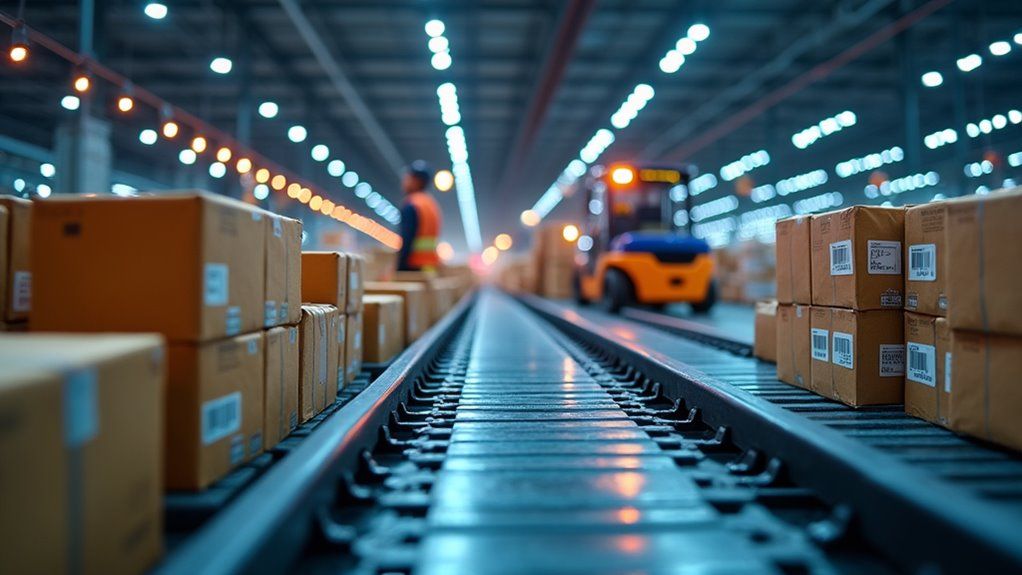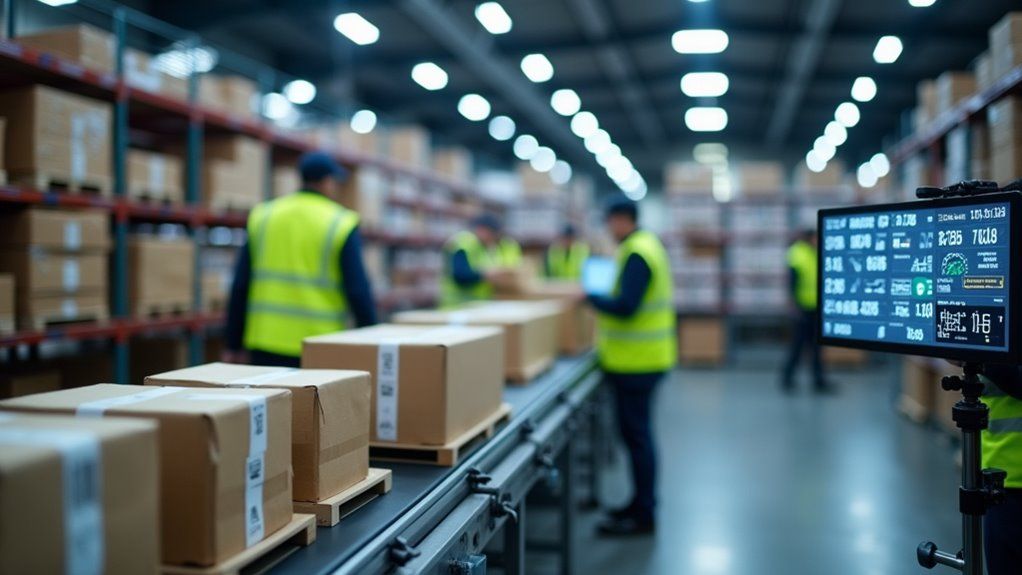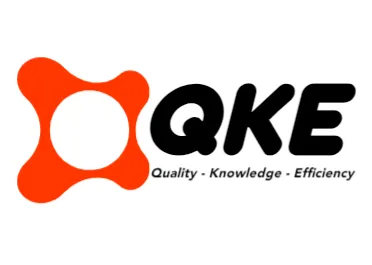Supply chain track and trace is a sophisticated system that monitors the lifecycle of goods from origin to destination. It integrates software, hardware, and processes to track real-time locations and trace historical journeys using unique identifiers like barcodes or RFID tags. This enhances transparency, optimizes logistics, and ensures accountability across manufacturing and retail. By capturing data at critical points, it mitigates risks and boosts efficiency. Explore further to uncover deeper insights into its transformative impact.
Key Takeaways
- Supply Chain Track and Trace monitors goods movement from origin to customer using integrated software and hardware.
- It uses unique identifiers like barcodes and RFID tags for accurate data collection.
- Tracking provides real-time location updates, while tracing records historical product journeys.
- It enhances transparency and accountability across manufacturing, logistics, and retail sectors.
- Benefits include improved logistics, cost savings, and increased customer trust through visibility.
Understanding Supply Chain Track and Trace

Supply chain track and trace refers to a sophisticated system that integrates software, hardware, and processes to monitor the movement of goods and assets throughout the supply chain. This mechanism meticulously follows the Product Lifecycle, from raw materials at origin to finished goods reaching the customer. It employs unique identifiers like barcodes or RFID tags, captured at critical junctures such as production and transit, to ensure precise data collection. This data, stored in centralized databases or cloud platforms, supports detailed analysis and verification.
A key aspect lies in distinguishing tracking, which pinpoints current locations in real-time, from Historical Tracing, which reconstructs the past journey of items. Historical Tracing creates an audit trail, revealing where and when goods were handled. Together, these capabilities provide comprehensive visibility across manufacturing, logistics, and retail sectors, strategically enhancing transparency and accountability throughout the intricate network of supply chain operations. This system also improves efficiency by reducing overstocking and waste, minimizing losses and optimizing resource use.
Benefits of Implementing Track and Trace Systems

Implementing track and trace systems offers a transformative approach to supply chain management, delivering a multitude of strategic advantages. These systems provide end-to-end visibility, enabling real-time monitoring of goods from origin to destination. This transparency allows businesses to swiftly identify delays or inefficiencies, optimizing logistics and inventory management for significant Cost Savings. By minimizing waste and refining transportation routes, operational expenses are further reduced.
Moreover, track and trace systems enhance accuracy and quality control, ensuring precise shipments and facilitating targeted recalls. They also bolster Customer Trust by offering consumers real-time order updates and demonstrating product authenticity. This transparency fosters stronger relationships and reduces support workload through accessible information. Additionally, such systems mitigate risks like theft or damage while simplifying regulatory compliance. Collectively, these benefits position organizations to achieve greater efficiency, safeguard brand reputation, and maintain a competitive edge in a complex market.
Key Technologies in Track and Trace Solutions

At the core of effective track and trace solutions lie a suite of advanced technologies designed to ensure precision and visibility across the supply chain. These tools, ranging from identification to data management systems, form a robust framework for monitoring goods in real time. Strategically, they address critical needs like compliance and quality control through automation and integration with platforms like ERP and cloud systems.
Key technologies driving this ecosystem include:
- Identification Tools: Barcodes, QR codes, and RFID tags enable unique item tracking, though RFID Challenges such as cost and interference can hinder scalability.
- Location Tracking: GPS and geofencing provide precise, real-time location data, enhancing transit oversight.
- IoT and Sensors: Sensor Innovations in temperature and humidity monitoring ensure condition compliance, particularly in cold chains, replacing manual checks with automated insights.
Together, these technologies optimize supply chain transparency and predictive analytics for strategic decision-making.

 Tiếng Việt
Tiếng Việt 日本語
日本語 中文 (中国)
中文 (中国) 한국어
한국어